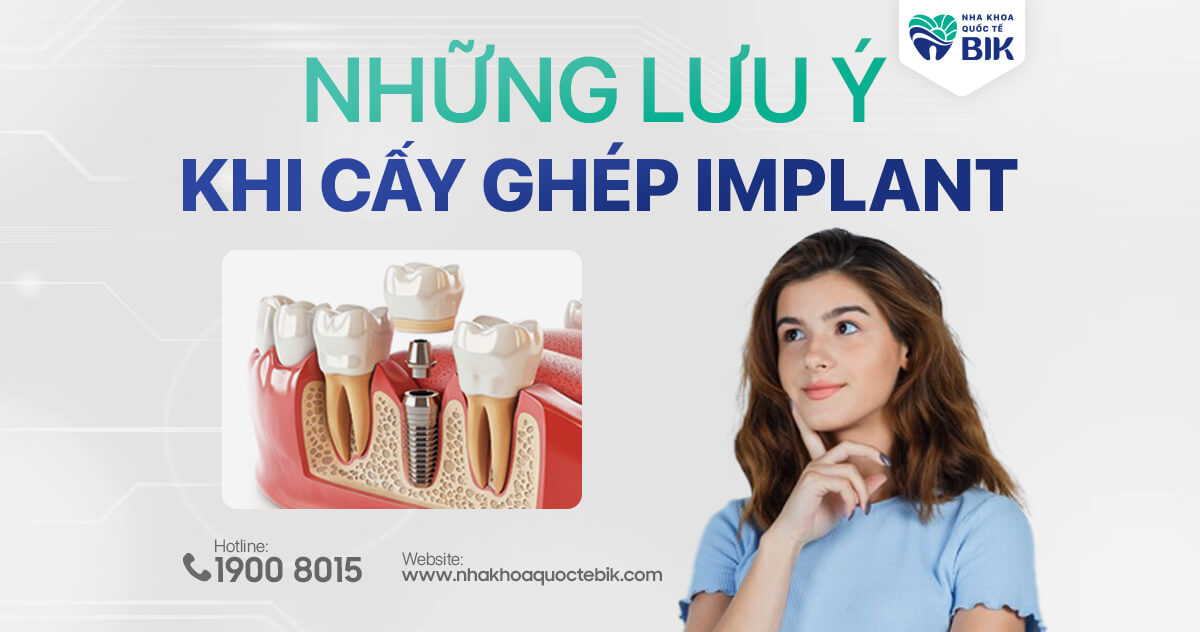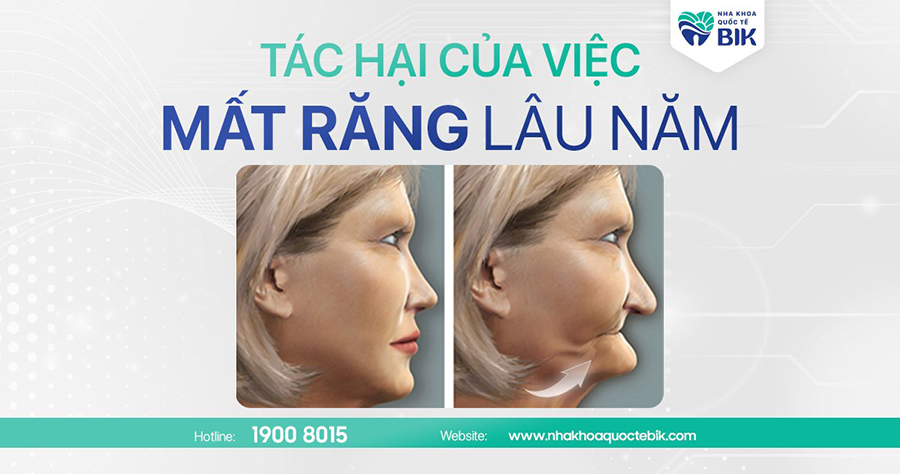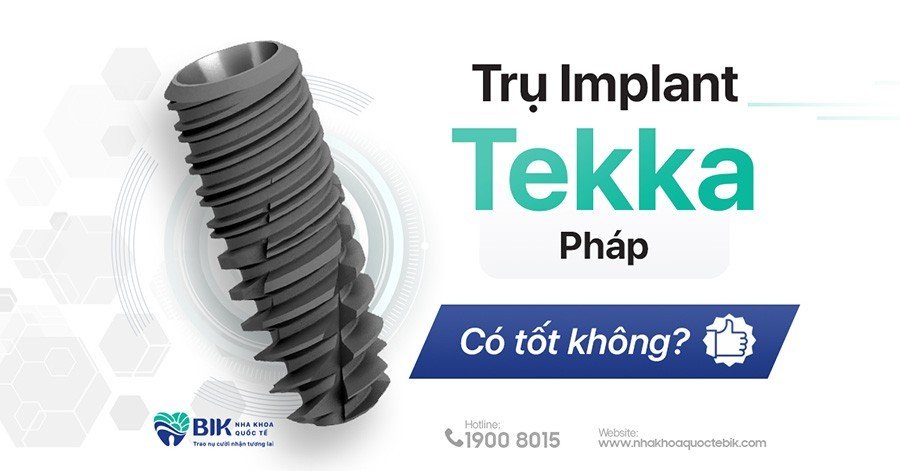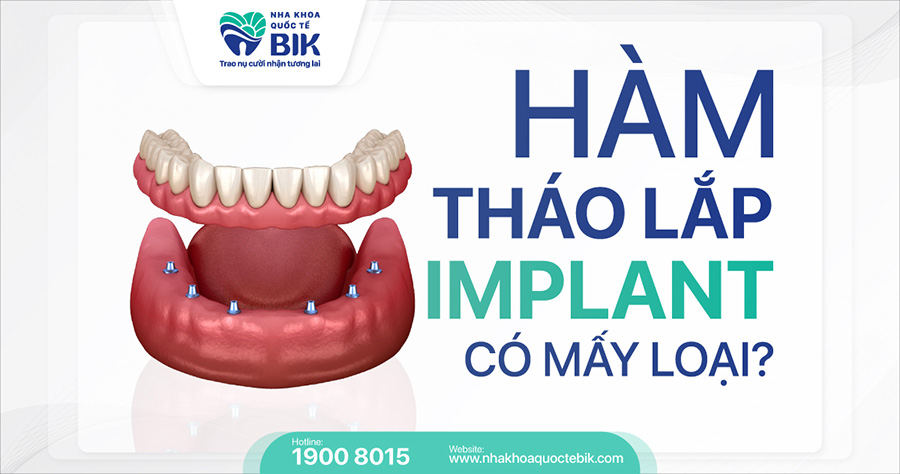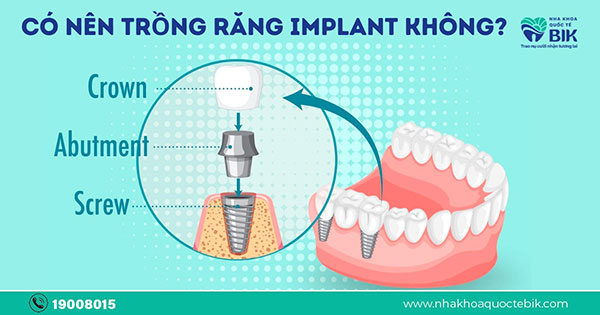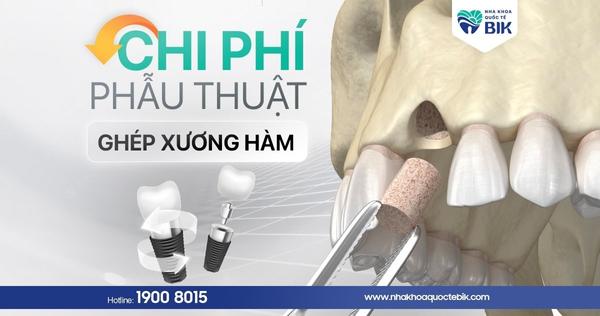
For long-term tooth loss, jawbone grafting is required to implant teeth. The reason is that the jawbone has partially atrophied, and is no longer strong and dense enough to hold the implant firmly in the bone. Therefore, patients should implant teeth as soon as they lose teeth to save the cost of jawbone grafting, which can be up to tens of millions of dong.
1. Why is jawbone grafting necessary?
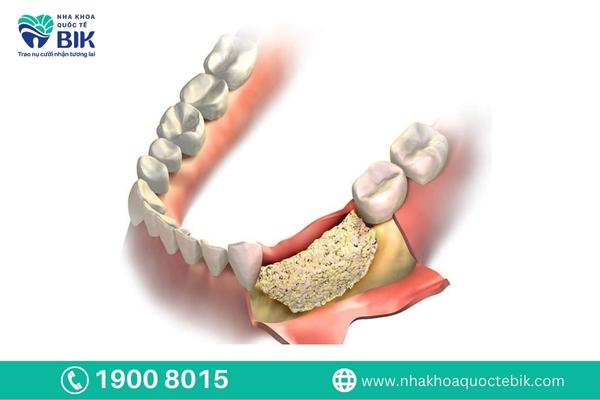
In cases of tooth loss for a long time without the conditions to implant a new tooth, the jawbone will self-destruct. Because the jawbone is no longer receiving chewing force for a long time, it no longer has the conditions to develop, and thus becomes thinner. This means that the jawbone is now too weak, not dense enough for the implant to adhere to when implanting teeth.
Therefore, to ensure the success of the implant surgery, bone grafting is a mandatory indication to supplement and increase the volume of the jawbone. This will help the implant integrate stably and firmly into the jawbone and ensure good chewing function like real teeth.
2. In which cases is jawbone grafting required?
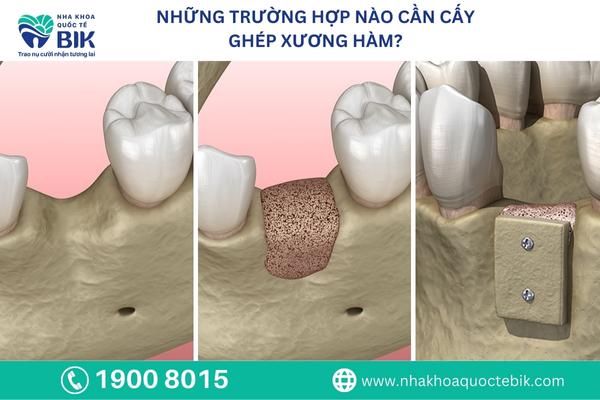
Jaw bone grafting surgery is often indicated in the following cases:
2.1. When a tooth is newly lost or after tooth extraction
In cases where a customer has just lost a tooth or has to have a tooth extracted due to tooth decay, trauma, etc., the doctor often advises immediate bone grafting to ensure that the jaw bone does not deteriorate later. The bone grafting technique at this time will be performed more quickly and simply because it only requires adding bone to the newly extracted tooth position.
2.2. Long-term tooth loss
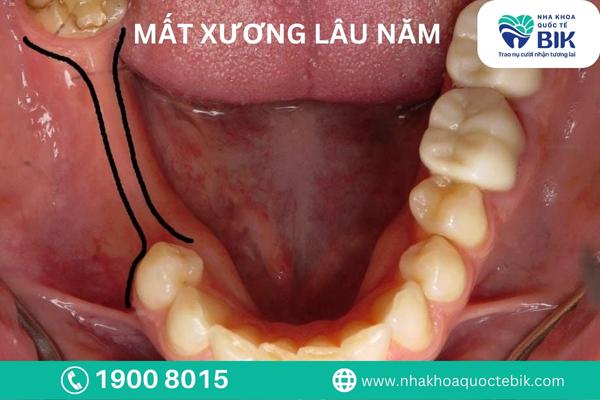
When a patient has lost teeth for a long time, the jawbone will gradually disappear, but it is difficult to realize this until the face is affected. Therefore, doctors often prescribe bone grafting for these cases when implanting implants to ensure the success rate.
2.3. Poor jawbone quality
There are many cases where although the bone density is sufficient for implant placement, the jawbone quality is not stable and firm enough, so the doctor will require bone grafting to achieve effective treatment.
3. Jawbone grafting techniques
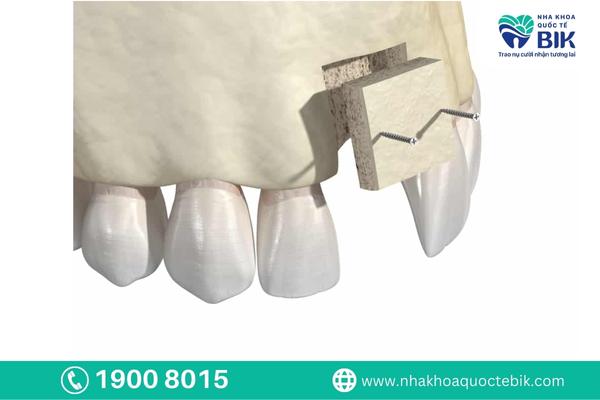
There are 3 main jawbone grafting techniques including:
3.1. Artificial bone grafting
Artificial bone grafting is a technique that uses human-made bone cells for grafting. Artificial bone is currently quite popular due to its advantages such as: Always available, low cost, no need for multiple surgeries.
The biggest disadvantage of artificial bone grafting is that the success rate is not high, artificial bone will be easily rejected from the body and the customer will need to graft new bone.
3.2. Autologous bone grafting
Autologous bone grafting is using a part of bone from other areas of the body such as the pelvis, cheeks, chin, etc. to graft into the jaw bone. For this method, the success rate is 100% because there is no fear of the bone being incompatible with the body, but this is not a really popular solution. The reason is that the customer will have to undergo surgery twice at a fairly high cost and requires the dental clinic to be licensed by the Ministry of Health.
3.3. Allogeneic bone grafting
In addition to the two sources of artificial and autologous bone, it is also possible to use special bone such as bone from a deceased donor or animal bone for transplantation. However, due to the low success rate and high cost, this method is rarely used.
4. What factors does the cost of jawbone grafting depend on?
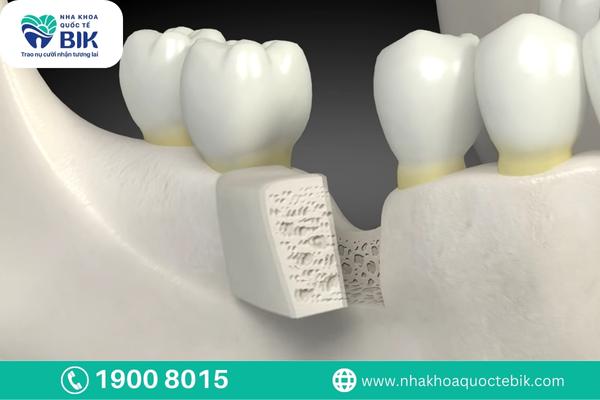
The cost of jaw bone grafting is often affected by the following factors:
4.1. Oral health status
Oral health status is one of the factors that determine the cost of jaw bone grafting. Because surgery must be performed, oral diseases such as gingivitis, periodontitis, … need to be thoroughly treated before implantation to avoid infection, affecting the treatment results.
4.2. Amount of bone graft required
If the customer has lost teeth for a long time, the jawbone loss is severe, the doctor will need to use a large amount of bone for surgery, so the total cost of jawbone grafting will be higher. On the contrary, if the bone loss is mild, the doctor only needs to add a small amount, then the cost of bone grafting for implant will be greatly reduced.
4.3. Type of jawbone selected for implantation
The cost of jawbone grafting also depends on the type of bone used. Each type of bone with different characteristics will have a different price.
5. How much does jawbone grafting for dental implants cost?
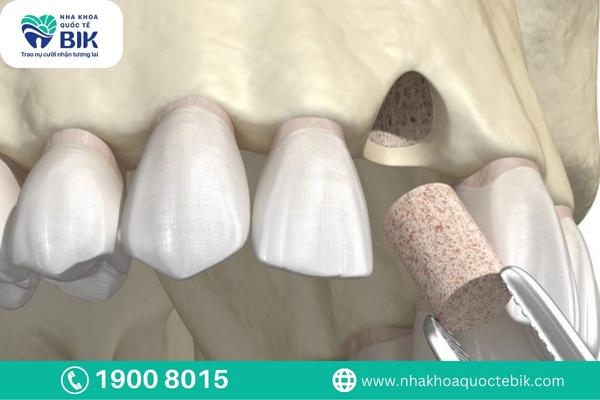
The cost of bone grafting at dental facilities today ranges from 3,000,000 – 80,000,000 VND/case depending on many factors mentioned above. Patients should have dental implants as soon as they lose teeth to save costs and have regular health check-ups to prevent periodontal disease.
6. Jawbone grafting procedure
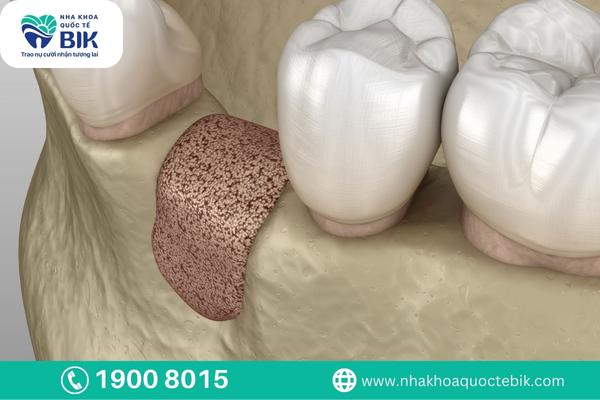
The international standard jawbone grafting procedure usually includes the following basic steps:
6.1. Examination and consultation
The customer will undergo a general examination and X-ray, from the results obtained, the doctor will determine whether the patient needs a bone graft or not.
6.2. Oral hygiene and anesthesia
The oral cavity will be thoroughly cleaned to remove agents that can cause inflammation, affecting the bone grafting results. After that, the doctor will apply local anesthesia or general anesthesia to minimize pain for the customer.
6.3. Opening the gum flap
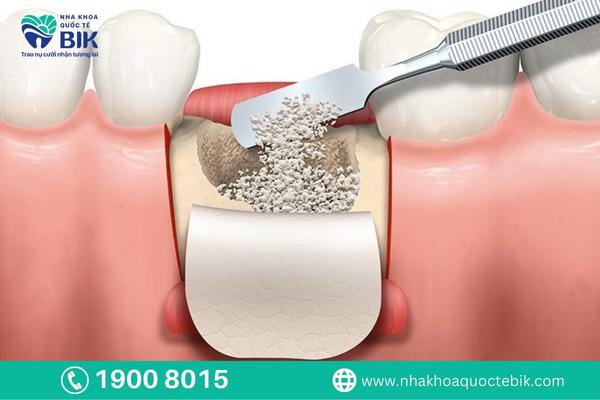
After injecting the anesthetic, the gum flap is opened so that the doctor can easily access the jaw bone. All surgical instruments are sterilized and disinfected according to the standards of the Ministry of Health.
6.4. Bone grafting and jaw bone fixation
Artificial dental bone is inserted into the jaw bone with the support of modern machinery and tools. The bone cells must be guaranteed in terms of origin and source to avoid affecting the customer’s health.
6.5. Suture closure
The final step of the bone grafting procedure is to shape the gums, disinfect and finish the surgery.
7. How long does it take for a bone graft to heal?
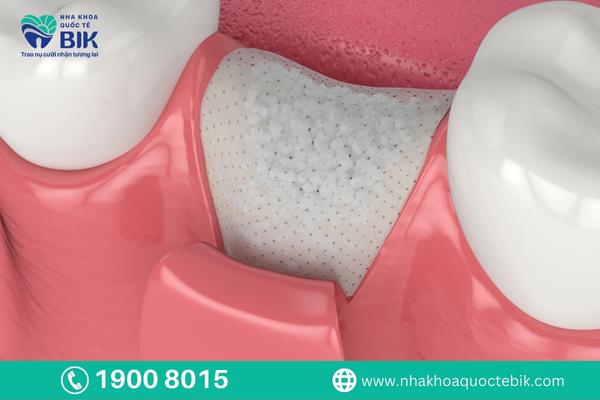
How long it takes for a bone graft to heal depends on each person’s constitution. When the wound has stopped bleeding and the sutures have closed, it means the wound is healing. The healing time can range from 3-4 months depending on the size of the wound and the type of bone graft. This is also the time when the customer can continue to place the implant because the new bone mass has firmly integrated with the natural bone.
Therefore, to save on jawbone grafting costs, patients are encouraged to have dental implants as soon as they lose teeth. In addition, they should choose a reputable and quality dental clinic to ensure the safety and effectiveness of jawbone grafting.

